I doubt I will ever be not surprised by the ability of photography to open up something fresh and unexpected, even though the idea will be instantly recognized as familiar and true.
I am likewise quite sure the world will continue its ongoing revelation, both through present experience and memory. We learn a great many things by comparison. Not only one thing against something else, but two things held simultaneously in the mind.
Ari Jaaksi – “Both Sides Now”
Self-published, 2025
Review by W. Scott Olsen
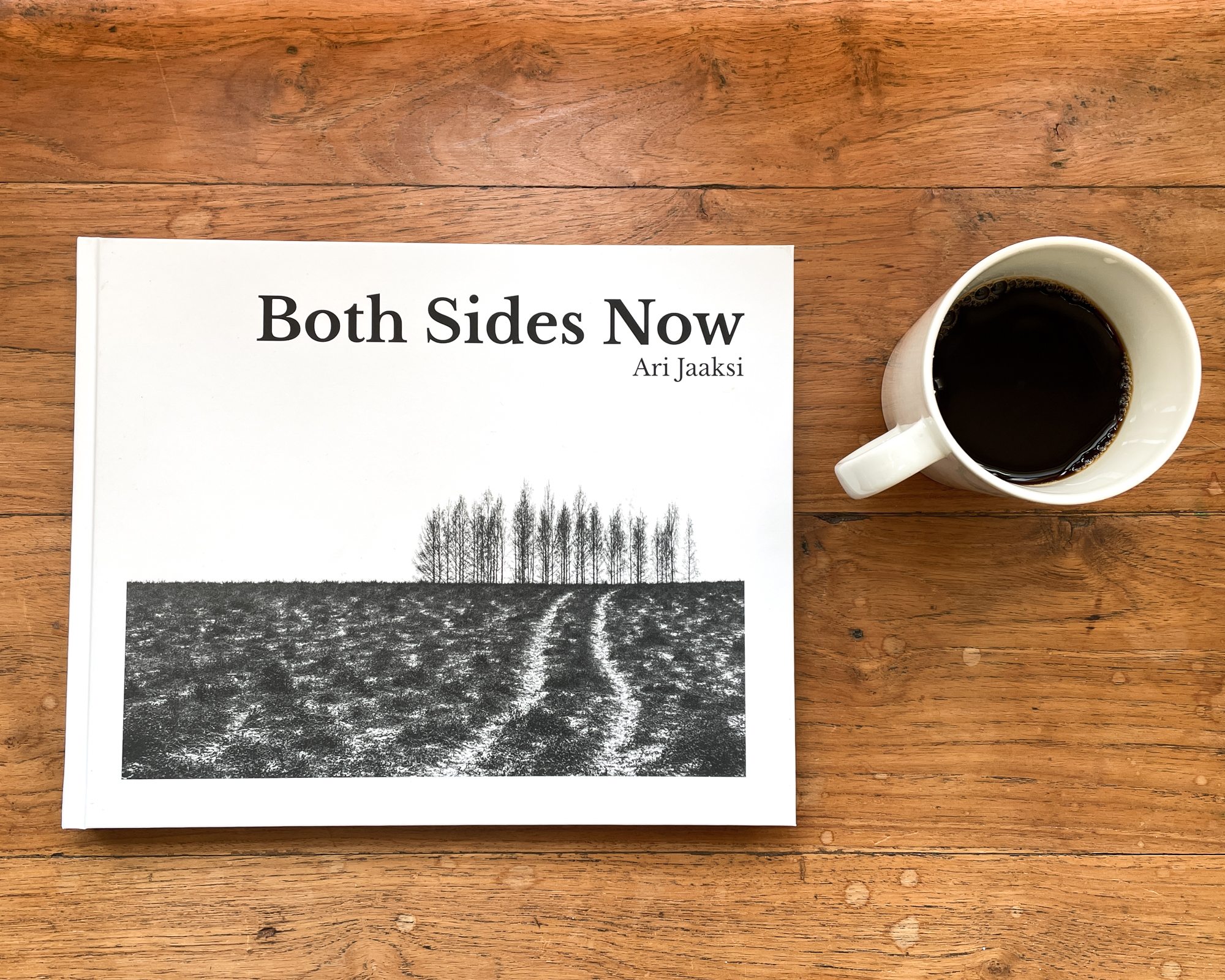
The voice of experience, added to today’s events, resolves itself into wisdom.
Yes, wisdom is the word I am looking for. Perspective, insight, point of view, these are all ways of talking about how we bring one thing in our lives to bear on another, and both the memory and the present day become richer. But wisdom is best.
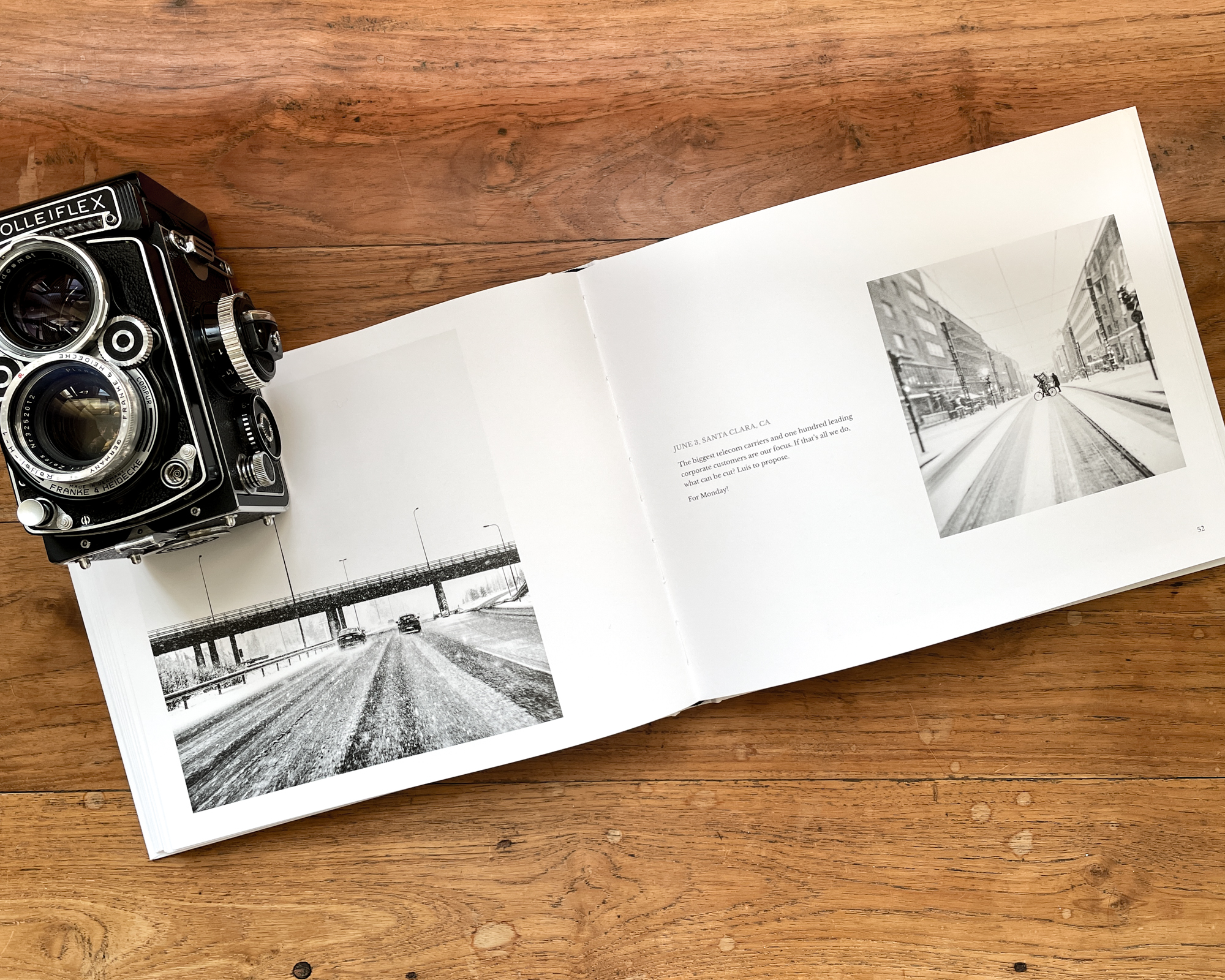
There is a new book called Both Sides Now, by Ari Jaaksi. A collection of black and white analog images, some still-lifes, some nature photography, some street work, the images themselves are all adroit and wonderful, elegantly composed. The black and white tonality is expert. They are the kind of images any photographer would be proud of. But what is special about this book is the fact that the photography is not alone. Facing every page of photography, there is a small bit of text. While the photography is recent, the text is not. More importantly, the text is diary entries from Jaaksi’s life in the corporate world—the frenetic, high stress, fast paced, whatever you want to call it world of his much younger self.
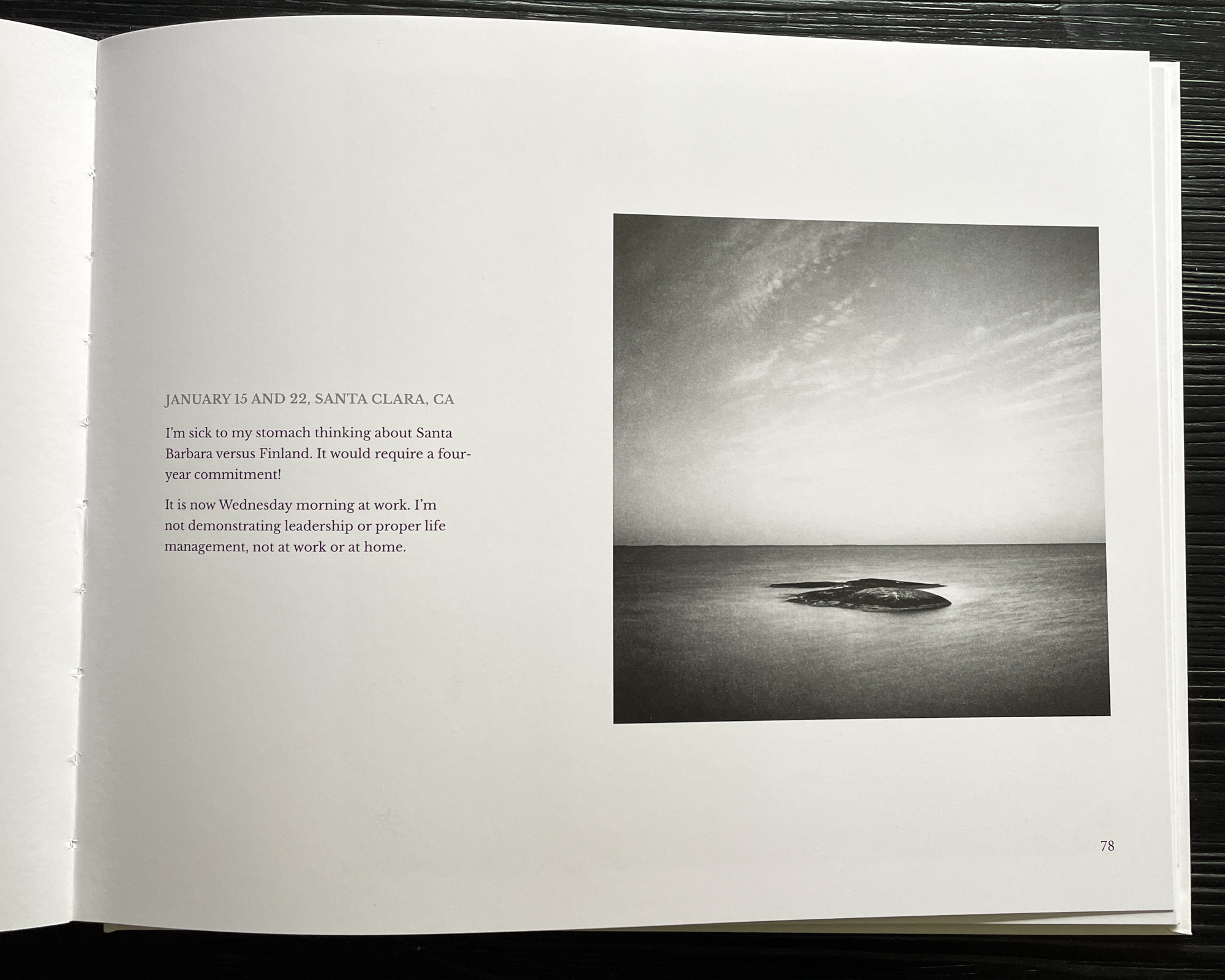
Herein lies the extraordinary elegance and insight of this book. The young man, the corporate executive in the communications and computer world, sits across the book’s gutter from the man who is generally a much different person. The two sides do not contradict each other. They inform.
In a Foreword, Jon Rubinstein says, “Both Sides Now is a fitting title. It shows Ari straddling two worlds—the fast-paced technology industry and the calm of nature photography. It also reveals his public and private sides.”
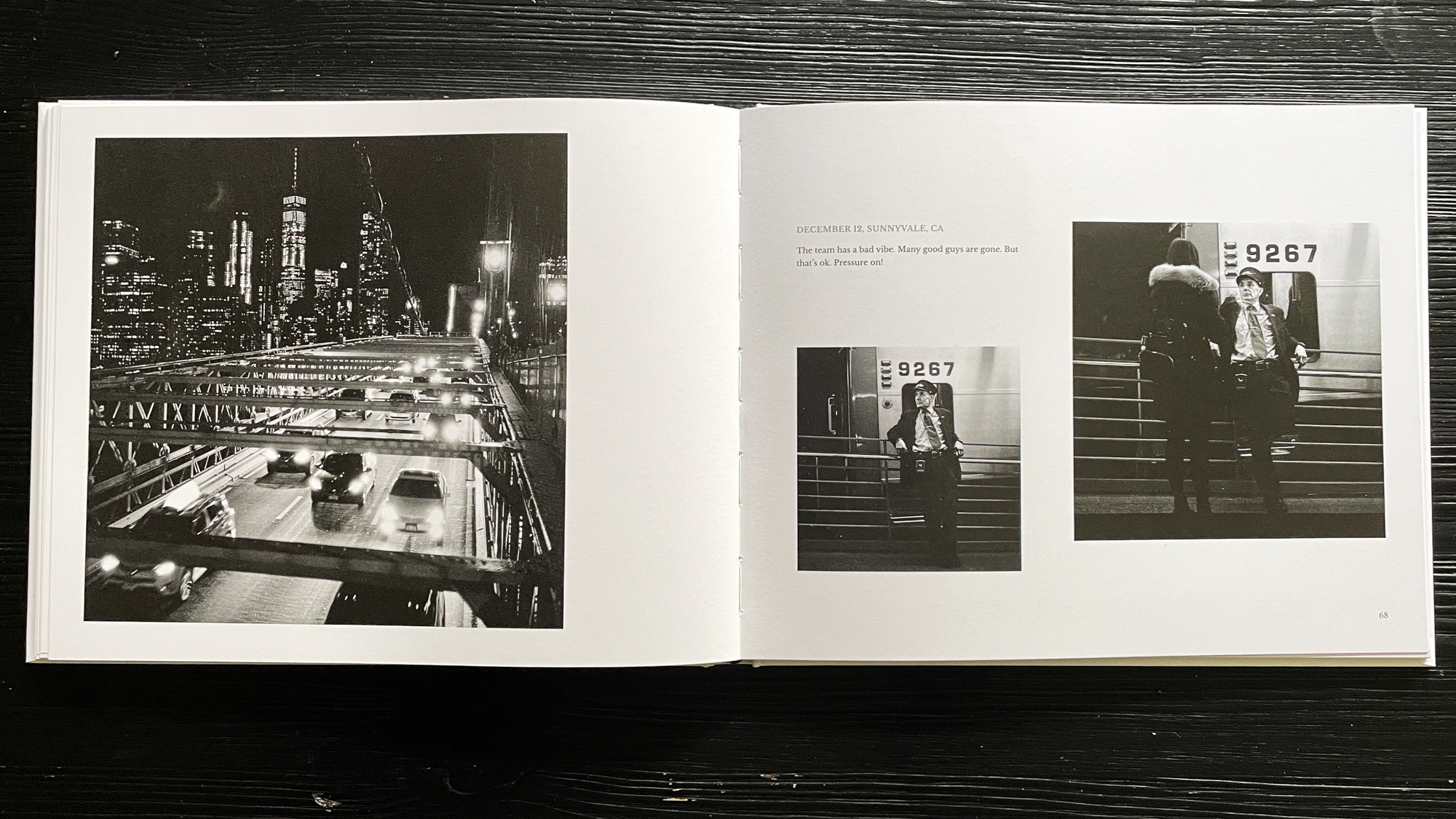
Likewise, in his own Preface, Jaaksi writes, “Fine art photography, unlike software and product creation, is a relatively recent discovery for me. At first, I did not see a link between these two sides of my life: the corporate and the artistic. However, when I read through the pages of my old diaries, some of my recent photographs started to reveal a new perspective. Through these pages I look back on my past while firmly grounding myself in the present, allowing me to perceive both more clearly.”
While the diary entries do offer date and location, none of them are long. Sometimes the text illuminates the images. For example, one diary entry reads, “An entire Sunday spent in CEO Leo’s meetings. The company is in a deep mess. How come I always end up in situations like this?” The images both left and right of this entry are the interior of a building in decay and shambles, a lone disconnected sink sitting on a tile wall.
There is resonance between text and image.

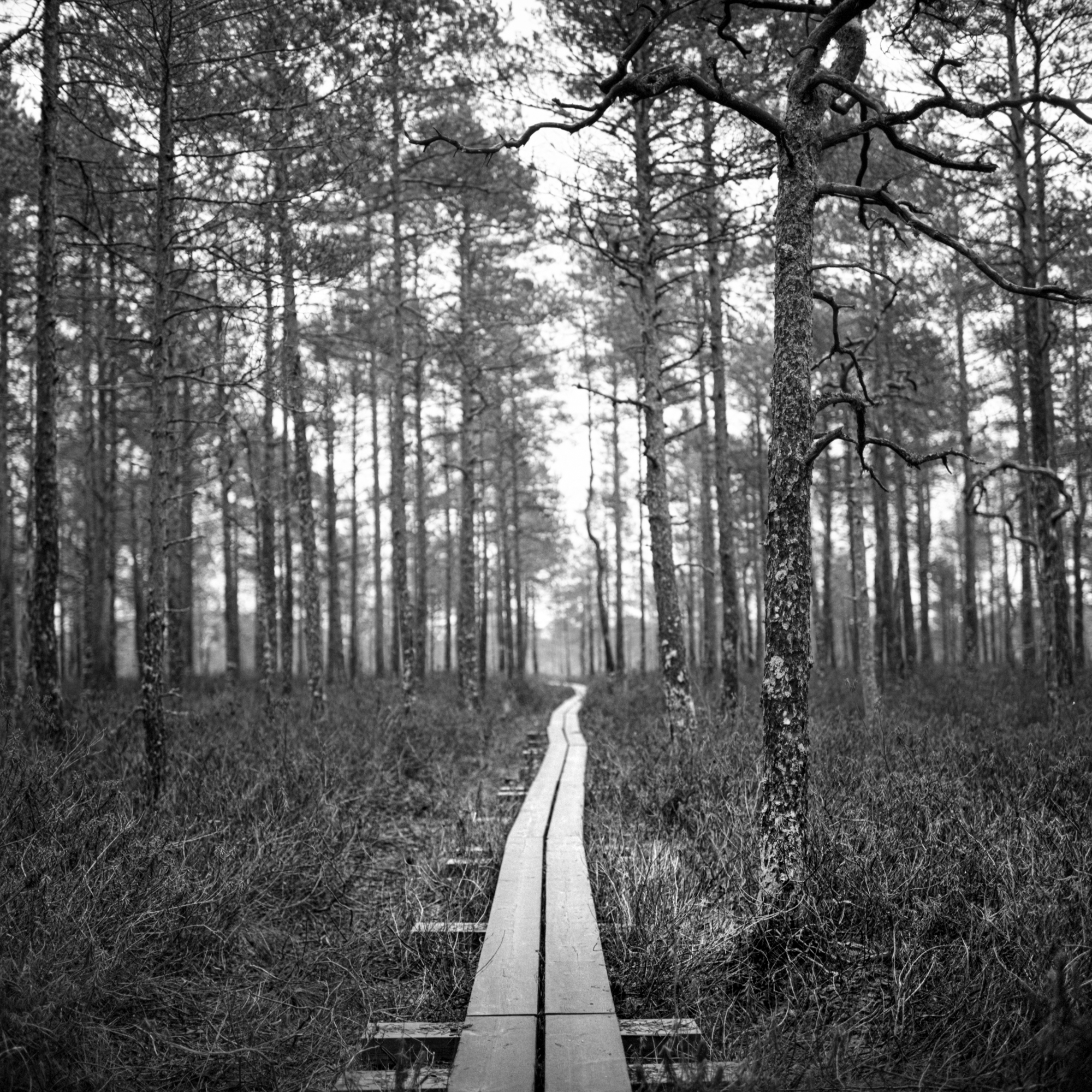
There are diary entries about his father’s failing health, paired with images of an old man getting a haircut or drinking a cup of coffee. I assume the old man is the father. A bit of text about playing piano reads, “Playing the piano at church keeps me alive. My skills are a good fit for the band. And Todd is an excellent drummer!” The facing image is a pipe organ.
But more often than not, the images and the text are a bit farther apart. And that bit farther apart is a real strength. It’s not that they’re unrelated. They’re just not directly joined.
They are emotionally connected. They resonate with each other. For example, one journal entry reads, “We fly to Seattle tomorrow to meet with the Amazon leadership. Let’s see if they are interested in buying. I fear, only in some parts of the whole.” The images left and right appear to be figures at some distance walking on a frozen lake—gray sky, white ice, a barely present horizon.
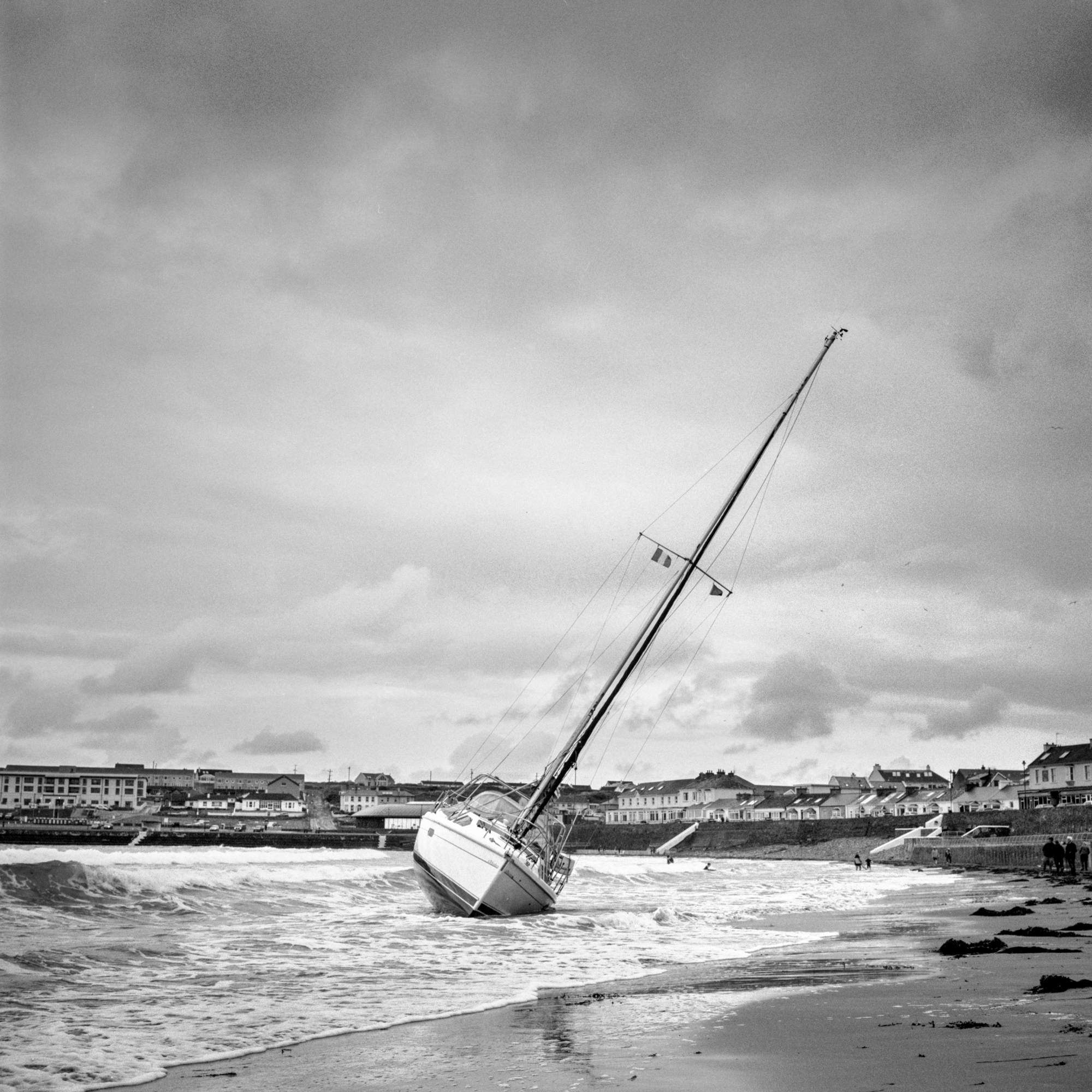
Another entry reads, “The pressure is immense. I feel sick physically.” The facing image is a dead minnow.
Often this book is like harmony, two distinct threads speaking to each other. Sometimes it’s more like a chord, separate notes strung simultaneously to make one resonant sound. But what I find mesmerizing about this book is the way a life has changed from the frenetic to the more contemplative. Keeping in mind that the images are more recent, Jaaksi’s focus has become more simplified, more deep, more concerned with the nuance of a tree line than the success of a company.
The transformation from youth to old is really an articulation of a growing wisdom in this man’s life. I find myself reading the journal entries, looking at the pictures, and then staring at the ceiling, wondering about my own life.
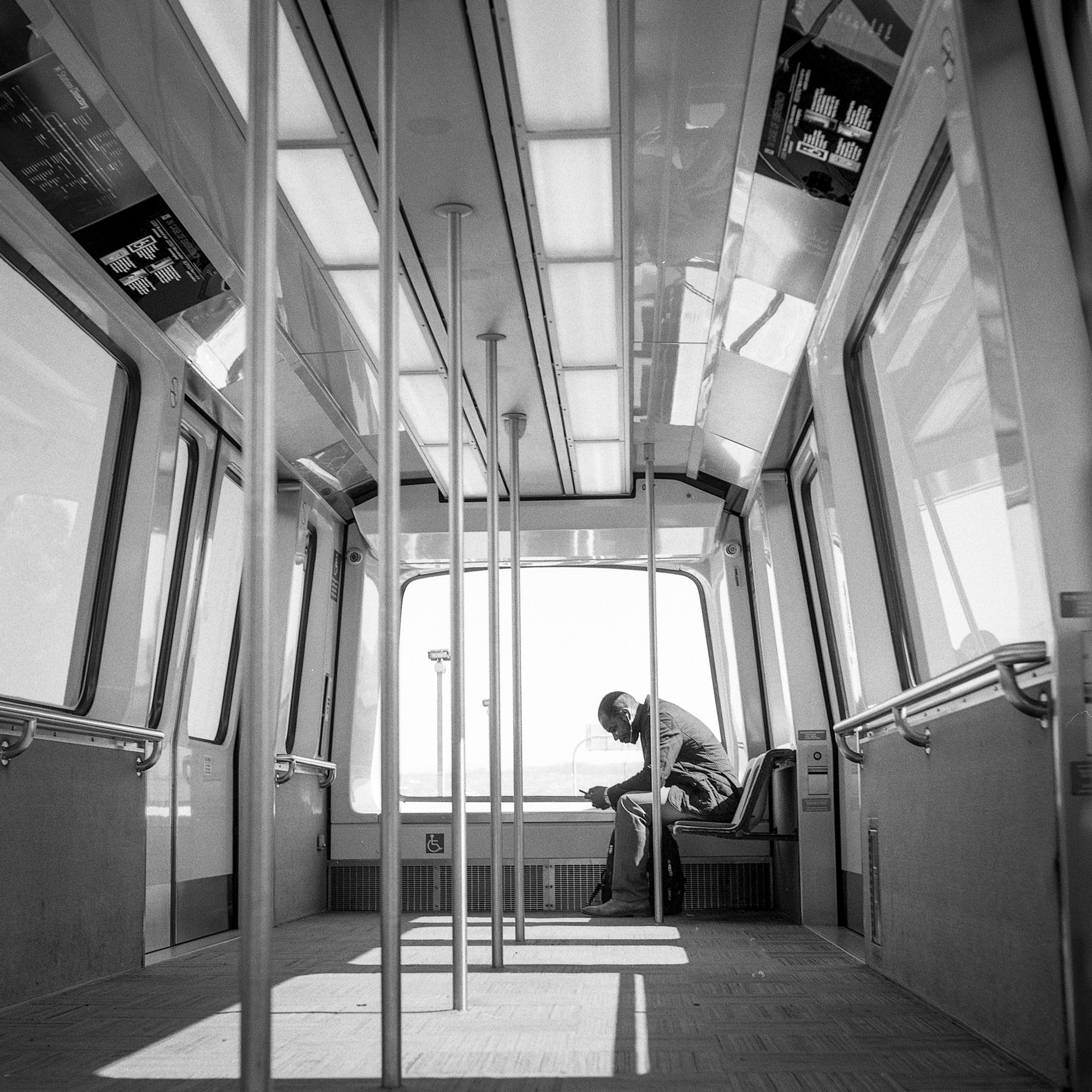
As we age, with any luck, we come to some understanding of what’s really important. I don’t mean to imply that what’s really important to us in our youth isn’t important. It just changes. That change is the real subject of this book.
With any luck, wisdom will approach all of us. Wisdom is based on experience and memory, and we use it to understand the now. This book gives us Both Sides Now.
A note from FRAMES: Please let us know if you have an upcoming or recently published photography book.

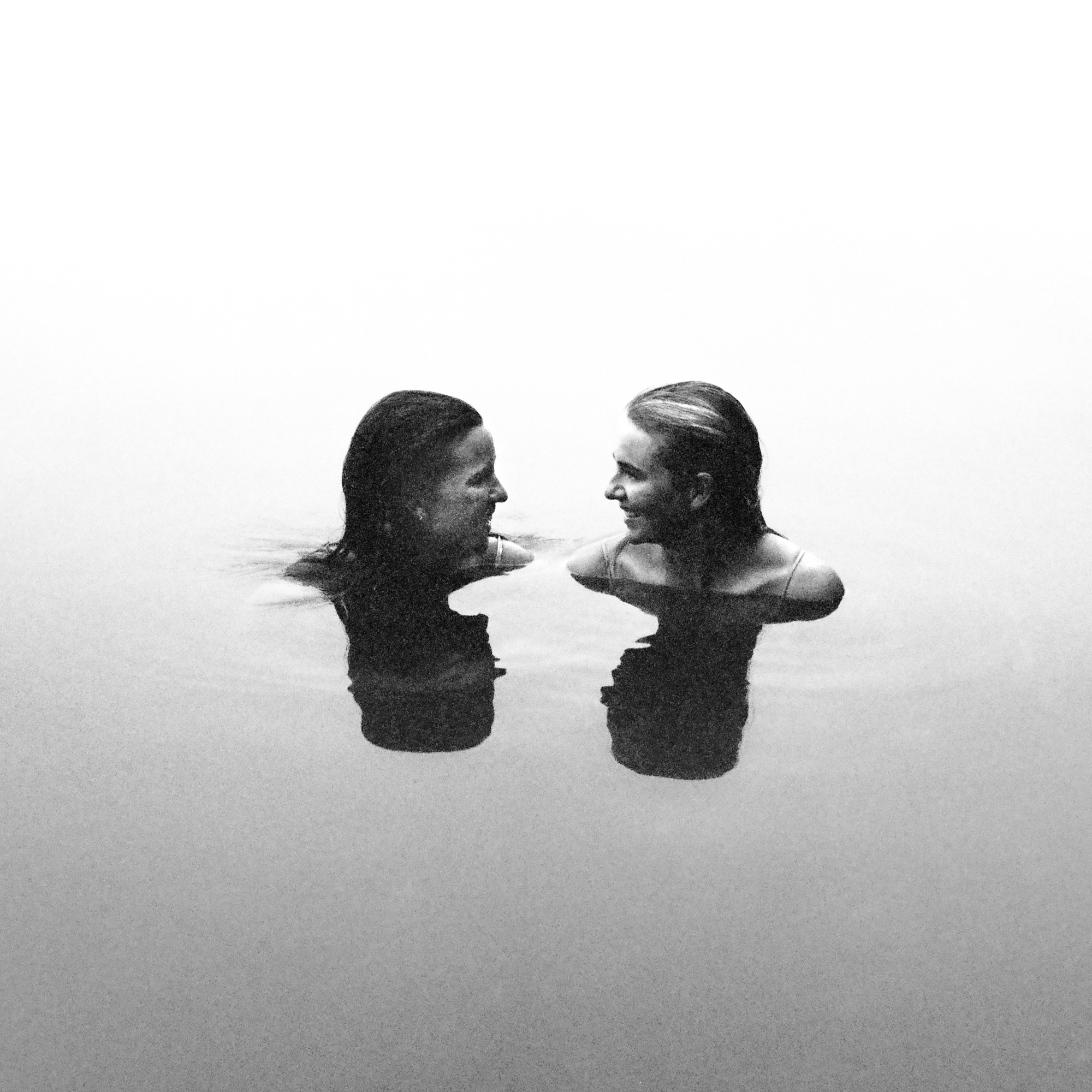

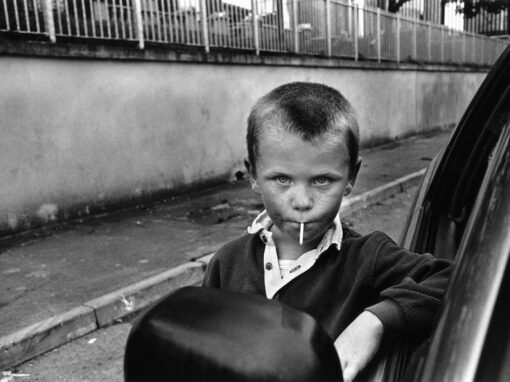
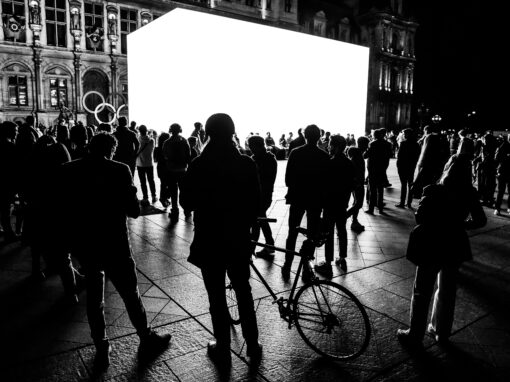
Tom Backman
July 28, 2025 at 19:03
Beautiful photos beautiful comments